Home>Articles>10 Mistakes You’re Making That Could Hurt Your Home’s Air Quality
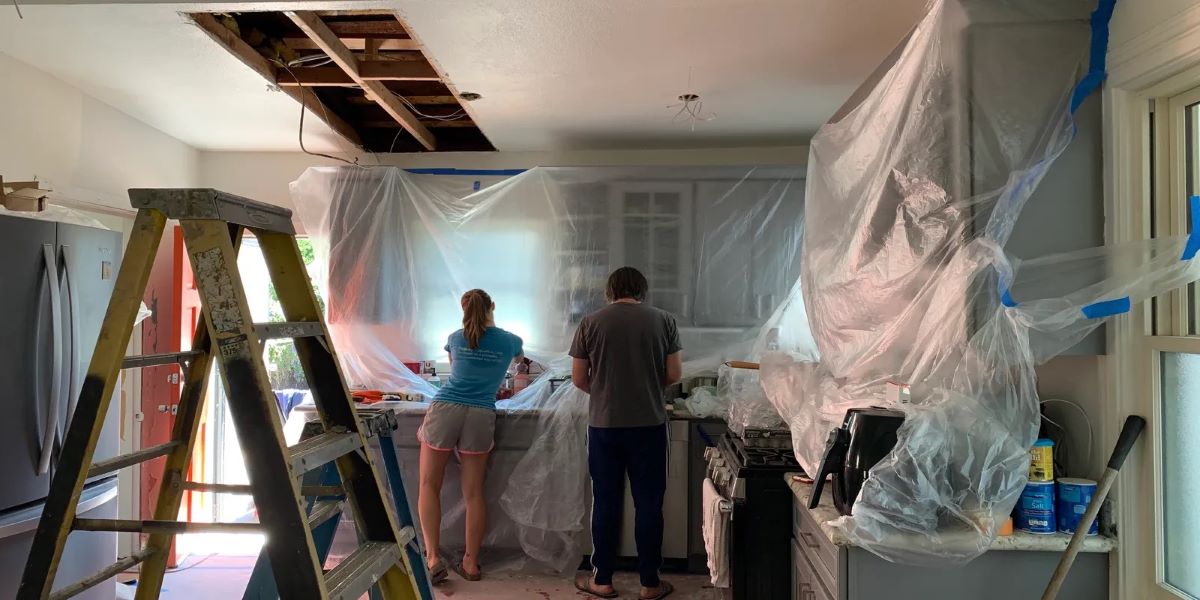

Articles
10 Mistakes You’re Making That Could Hurt Your Home’s Air Quality
Modified: January 18, 2024
Discover the top 10 mistakes you might be making that could negatively impact your home's air quality. Read our articles to improve your indoor air and enjoy a healthier living environment.
(Many of the links in this article redirect to a specific reviewed product. Your purchase of these products through affiliate links helps to generate commission for Storables.com, at no extra cost. Learn more)
Introduction
Having clean and healthy air inside our homes is crucial for our well-being. However, many people unknowingly make mistakes that compromise the quality of the air they breathe on a daily basis. These mistakes can lead to various health issues, such as allergies, respiratory problems, and even chronic illnesses.
In this article, we will discuss ten common mistakes that homeowners make, which can negatively impact the air quality in their homes. By understanding these mistakes and taking steps to correct them, you can ensure that your home’s air is clean and free from pollutants.
So let’s dive into the common mistakes and learn how to address them to improve the air quality in your home.
Key Takeaways:
- Neglecting HVAC maintenance, using wrong air filters, and skipping regular dusting and vacuuming can compromise your home’s air quality. Regular maintenance, high-quality filters, and consistent cleaning are essential for clean air.
- Overlooking mold, allowing indoor smoking, and using scented air fresheners can significantly impact indoor air quality. Addressing these issues and testing for radon are crucial steps to ensure a healthy living environment.
Mistake #1: Neglecting HVAC Maintenance
One of the biggest mistakes homeowners make is neglecting their HVAC (Heating, Ventilation, and Air Conditioning) system. Your HVAC system plays a vital role in maintaining healthy air quality by circulating clean air throughout your home. However, if you fail to properly maintain it, the system can become a breeding ground for dust, dirt, and allergens.
Regular maintenance of your HVAC system is crucial for several reasons. Firstly, it helps prevent the buildup of dust and debris, which can clog the filters and ductwork. When the filters and ducts are clogged, the system has to work harder to push air through, leading to reduced efficiency and poorer air quality.
Additionally, neglecting HVAC maintenance can contribute to the growth of mold and bacteria within the system. Moisture can accumulate in the HVAC system, providing an ideal environment for these microorganisms to thrive. When the contaminated air is circulated, it can lead to respiratory issues and worsen allergies.
To avoid this mistake, schedule regular maintenance for your HVAC system, including filter changes, duct cleaning, and inspections by a professional. By doing so, you can ensure that your HVAC system operates at its best and promotes clean air circulation throughout your home.
Mistake #2: Using the Wrong Air Filters
Choosing the right air filters for your HVAC system is crucial for maintaining good air quality in your home. Unfortunately, many homeowners make the mistake of using the wrong type of filters or failing to replace them regularly.
Air filters are designed to trap dust, dirt, allergens, and other particles, preventing them from circulating in your home. However, if you choose filters that are not efficient enough or fail to replace them when they are clogged, they will not effectively capture these pollutants, compromising the air quality.
One common mistake is opting for cheap, low-quality filters. While they may be more affordable, they often lack the ability to effectively capture smaller particles, allowing them to pass through and circulate in your home. It’s best to invest in high-quality filters with a higher Minimum Efficiency Reporting Value (MERV) rating, which indicates their effectiveness in trapping particles.
Another mistake is not replacing the air filters regularly. Over time, filters become clogged with debris, reducing their efficiency and air flow. Ideally, filters should be replaced every three months, but this may vary depending on factors such as the number of occupants, presence of pets, and indoor air quality. Make a note to check your filters regularly and replace them as needed.
By using the right air filters and ensuring they are regularly replaced, you can significantly improve the air quality in your home and reduce the presence of allergens and pollutants.
Mistake #3: Skipping Regular Dusting and Vacuuming
Dusting and vacuuming may seem like mundane chores, but they are essential for maintaining good air quality in your home. Unfortunately, many homeowners make the mistake of skipping or neglecting these tasks, allowing dust, allergens, and other particles to accumulate over time.
When you neglect regular dusting, dust particles settle on surfaces such as furniture, shelves, and floors. These particles can contain allergens, pet dander, pollen, and even chemicals from cleaning products. Whenever these surfaces are disturbed, whether by movement or airflow, the particles become airborne and can be inhaled, leading to respiratory issues and allergies.
Vacuuming is equally important, especially if you have carpets or rugs in your home. As you walk on these surfaces, dirt, dust, and other pollutants can settle deep within the fibers. This can lead to the release of these particles into the air whenever the carpet is disturbed, such as when you walk or vacuum over it.
To avoid this mistake, make it a habit to regularly dust and vacuum your home. Use a damp cloth or microfiber duster to trap and remove dust from surfaces. When vacuuming, use a vacuum cleaner with a HEPA (High-Efficiency Particulate Air) filter to effectively capture and trap microscopic particles.
Additionally, pay attention to often overlooked areas such as curtains, upholstery, and air vents. These areas can accumulate dust and allergens, so make sure to clean or vacuum them regularly as well.
By incorporating regular dusting and vacuuming into your cleaning routine, you can effectively reduce the amount of dust and allergens in your home, leading to cleaner air and improved respiratory health.
Mistake #4: Ignoring Ventilation and Air Circulation
Proper ventilation and air circulation are essential for maintaining good air quality in your home. However, many homeowners make the mistake of ignoring these aspects, leading to stagnant air and an increased concentration of pollutants indoors.
Ventilation helps to remove stale indoor air and replace it with fresh outdoor air. Without proper ventilation, indoor pollutants such as volatile organic compounds (VOCs) from cleaning products, off-gassing from furniture, and indoor odors can accumulate and linger in your home. This can lead to poor air quality and discomfort.
One common mistake is keeping windows and doors tightly sealed for energy efficiency purposes. While it is important to minimize air leaks to improve energy efficiency, it is equally crucial to allow for proper airflow and ventilation. Consider opening windows and doors periodically to let fresh air in, especially during mild weather conditions.
In addition to ventilation, ensuring proper air circulation is equally important. If the air in your home is stagnant, pollutants can accumulate and linger, contributing to poor air quality. To improve air circulation, use fans or ceiling fans to keep the air moving and distribute fresh air throughout the space.
Another way to improve air circulation is by keeping the air vents clean and unobstructed. Make sure furniture or other items are not blocking the vents, as it can hinder proper airflow and reduce the effectiveness of your HVAC system.
By addressing these mistakes and prioritizing ventilation and air circulation, you can create a healthier living environment with better air quality. Fresh air and proper airflow help to reduce the concentration of indoor pollutants and create a more comfortable living space.
Mistake #5: Using Harsh Cleaning Products
Keeping your home clean is important, but using harsh cleaning products can actually harm the air quality inside your home. Many common cleaning products contain chemicals and toxins that can be harmful when inhaled.
When you use harsh cleaning products, such as bleach, ammonia, or aerosol sprays, the chemicals can be released into the air and contribute to indoor air pollution. Breathing in these volatile compounds can irritate the respiratory system, trigger allergies, and even cause long-term health issues.
One mistake homeowners make is assuming that stronger cleaning products are more effective. However, there are many natural and eco-friendly alternatives that are just as effective, if not more so, in cleaning your home while being safer for both your health and the environment.
Consider using natural cleaning products that are free of harsh chemicals. Common household items such as vinegar, baking soda, and lemon juice can be used to effectively clean a variety of surfaces without releasing harmful fumes. There are also many natural cleaning products available in stores that are made from plant-based ingredients and are free of synthetic fragrances and chemicals.
By opting for gentle and natural cleaning products, you can maintain a clean and healthy home environment without compromising the air quality. These products are not only safer for you and your family but also contribute to reducing overall environmental impact.
Change your HVAC filters regularly to prevent dust, pollen, and other particles from circulating in your home and affecting air quality.
Mistake #6: Overlooking Mold and Mildew
Mold and mildew are common indoor pollutants that can have a significant impact on the air quality in your home. Unfortunately, many homeowners overlook the presence of mold and mildew, allowing them to grow unchecked and further compromise the air they breathe.
Mold and mildew thrive in damp and humid areas, such as bathrooms, basements, and areas with water leaks. When these fungi are present in your home, they release spores into the air, which can trigger allergic reactions, respiratory issues, and even cause more serious health problems with prolonged exposure.
One mistake homeowners make is dismissing small patches of mold or mildew. Even if it seems insignificant, it’s important to address any signs of mold growth promptly. Ignoring or neglecting it can lead to further contamination and widespread growth, making it more challenging and costly to eliminate.
To address mold and mildew, take proactive steps to prevent their growth in the first place. Ensure that your home is properly ventilated and adequately dehumidified, especially in areas prone to dampness. Fix any leaks or water damage promptly to prevent the conditions that foster mold growth.
If you already have mold or mildew in your home, it is crucial to address it properly. Depending on the extent of the problem, you may need to hire a professional mold remediation service to safely remove and remediate the affected areas.
Regularly inspect areas where mold and mildew are commonly found, such as bathrooms, basements, and laundry rooms. If you notice any signs of mold growth, such as a musty smell or discoloration on walls or ceilings, take immediate action to address it and improve the air quality in your home.
Mistake #7: Allowing Indoor Smoking
Indoor smoking is a major mistake that can severely impact the air quality in your home. The harmful effects of smoking are well-known, but the toxins and chemicals released from cigarette smoke can linger in the air long after the cigarette has been extinguished.
When someone smokes indoors, the smoke particles, including nicotine, tar, and other harmful substances, become trapped in the furniture, carpets, curtains, and other surfaces. These particles can then be released back into the air, putting everyone in the household at risk, even when smoking hasn’t occurred recently.
Inhaling secondhand smoke has been linked to various health problems, including respiratory issues, allergies, and an increased risk of developing lung cancer. It is important to note that even if you confine smoking to a particular room, the smoke can still spread to other parts of the house through ventilation systems or simply by opening doors within the space.
To improve the air quality in your home, it is crucial to establish a no-smoking policy indoors. Encourage smokers to go outside or to designated smoking areas away from the house. This will help to prevent the buildup of harmful smoke particles and protect the health of everyone in the household.
If you have previously allowed indoor smoking, it is essential to take additional measures to improve the air quality. This may involve deep cleaning or replacing upholstery, carpets, and curtains to eliminate smoke particles. Ventilation systems may also need to be cleaned or filtered to remove any residual smoke.
By eliminating indoor smoking and taking steps to remove any lingering smoke particles, you can significantly improve the air quality in your home and reduce the associated health risks.
Mistake #8: Not Controlling Humidity Levels
The humidity levels in your home play a crucial role in maintaining good air quality. However, many homeowners make the mistake of not properly controlling or monitoring the humidity levels, which can lead to a range of problems.
Excessive moisture in the air can create an ideal environment for the growth of mold, mildew, and dust mites. These allergens thrive in high humidity conditions and can significantly impact the air quality in your home. Additionally, high humidity can also cause condensation on windows and walls, leading to water damage and deterioration of the building materials.
On the other hand, low humidity levels can also be problematic. When the air is too dry, it can cause discomfort, drying out your skin, eyes, and respiratory system. It can also lead to static electricity, chapped lips, and damage to wooden furniture and flooring.
To control humidity levels in your home, consider using a humidifier or dehumidifier depending on the need. A humidifier adds moisture to the air when it’s too dry, while a dehumidifier reduces moisture when it’s too high. Invest in a hygrometer to monitor the humidity levels and adjust accordingly to maintain a healthy balance.
In addition to using appropriate devices, there are other steps you can take to control humidity. Proper ventilation is crucial to allow excess moisture to escape, particularly in areas prone to high humidity, like bathrooms and kitchens. Use exhaust fans or open windows to facilitate air circulation and moisture removal.
Maintaining humidity levels between 30% and 50% is generally recommended for optimal comfort and air quality in your home. By actively managing humidity levels, you can prevent mold growth, dust mites, and other pollutants, and create a more comfortable living environment.
Mistake #9: Using Scented Air Fresheners
Scented air fresheners may seem like a convenient solution to eliminate unpleasant odors in your home, but they can actually contribute to poor air quality. Many homeowners make the mistake of using these products without realizing the potential harmful effects they can have on their health.
Most scented air fresheners contain synthetic fragrances that are created using a combination of chemicals. These chemicals can emit volatile organic compounds (VOCs) into the air, which can have detrimental effects on indoor air quality and human health.
VOCs can irritate the respiratory system and trigger allergies and asthma symptoms. Prolonged exposure to these chemicals has been associated with various health issues, including headaches, dizziness, and even respiratory disorders. Children, the elderly, and those with pre-existing respiratory conditions are particularly susceptible to the negative effects of VOCs.
Additionally, scented air fresheners may also contain other harmful ingredients, such as formaldehyde or phthalates, which are known to have adverse health effects. These compounds can be inhaled and absorbed into the body, posing potential risks to both immediate and long-term health.
To improve the air quality in your home without compromising your health, opt for natural alternatives to scented air fresheners. Open windows to let in fresh air, use natural essential oils or herbs to create your own homemade air fresheners, or consider using air purifiers or houseplants to naturally filter and freshen the air.
By avoiding scented air fresheners and choosing safer alternatives, you can create a healthier indoor environment with improved air quality and reduce the risk of harmful exposure to chemicals and VOCs.
Mistake #10: Failing to Test for Radon
Radon is a radioactive gas that is released from the natural decay of uranium in soil, rock, and water. It is colorless, odorless, and tasteless, making it impossible to detect without testing. However, it is a significant concern as prolonged exposure to high levels of radon can pose serious health risks, including an increased risk of developing lung cancer.
One common mistake many homeowners make is failing to test for radon in their homes. Radon can seep into buildings through cracks in the foundation, gaps in walls and floors, and even through water sources. It tends to accumulate in enclosed spaces such as basements, crawl spaces, and lower levels of the home.
Testing for radon is relatively simple and can be done using radon testing kits that are readily available in home improvement stores. These kits measure the concentration of radon levels in the air over a specific period. It is recommended to conduct both short-term and long-term tests to get an accurate assessment of your radon levels.
If high levels of radon are detected, appropriate measures should be taken to mitigate the issue. This may involve sealing cracks and gaps in the foundation, improving ventilation, or installing a radon mitigation system, which typically involves a combination of a fan and a ventilation pipe to reduce radon levels.
It is important to note that radon levels can vary from one home to another, so even if your neighbor’s home has low levels of radon, it does not guarantee the same for your home. Regular radon testing is essential, especially if you live in an area known for high radon levels or if you spend a significant amount of time in the lower levels of your home.
By testing for radon and implementing appropriate measures to reduce radon levels, you can safeguard the air quality in your home and protect yourself and your family from the potential health risks associated with radon exposure.
Frequently Asked Questions about 10 Mistakes You're Making That Could Hurt Your Home's Air Quality
Was this page helpful?
At Storables.com, we guarantee accurate and reliable information. Our content, validated by Expert Board Contributors, is crafted following stringent Editorial Policies. We're committed to providing you with well-researched, expert-backed insights for all your informational needs.
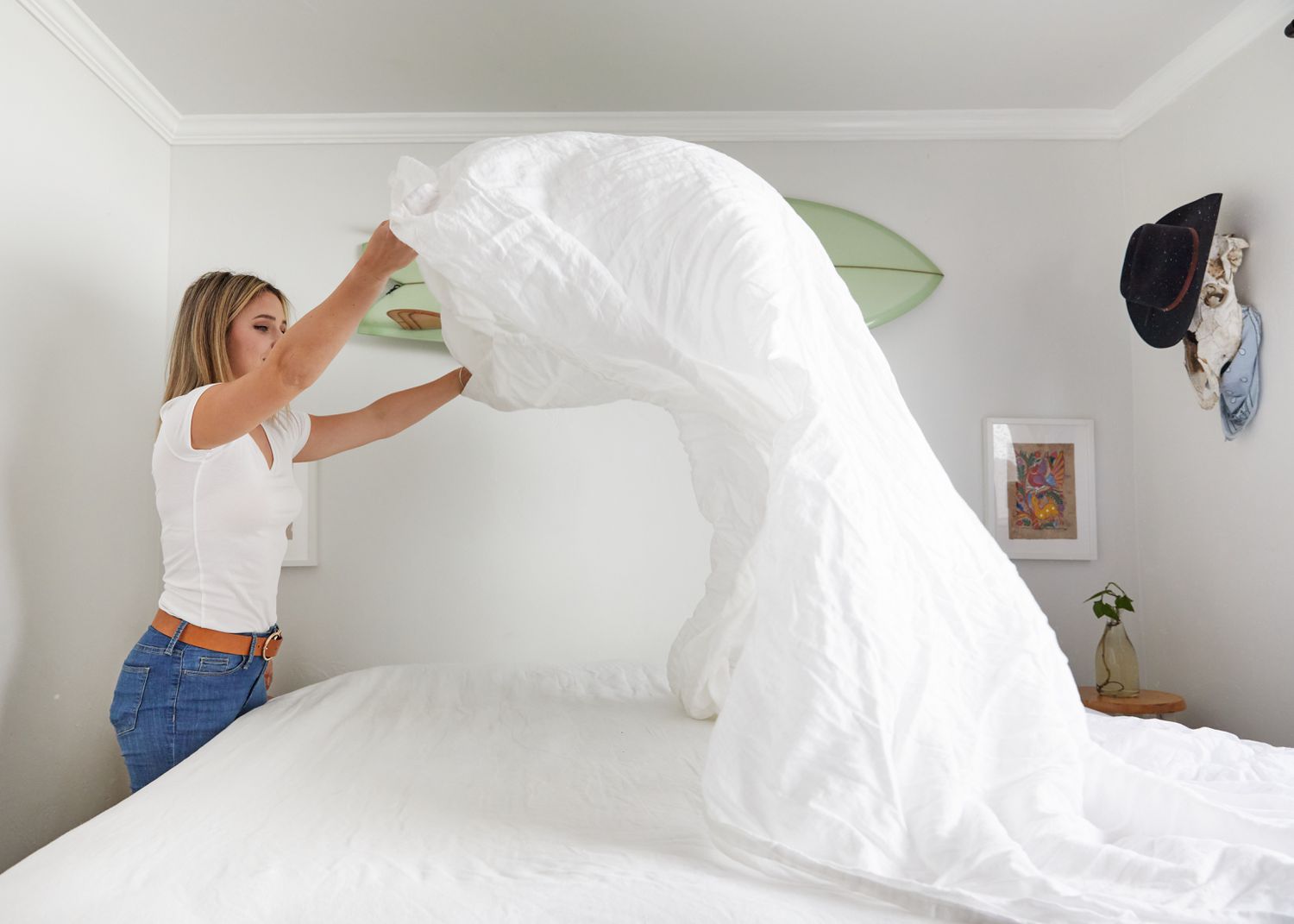

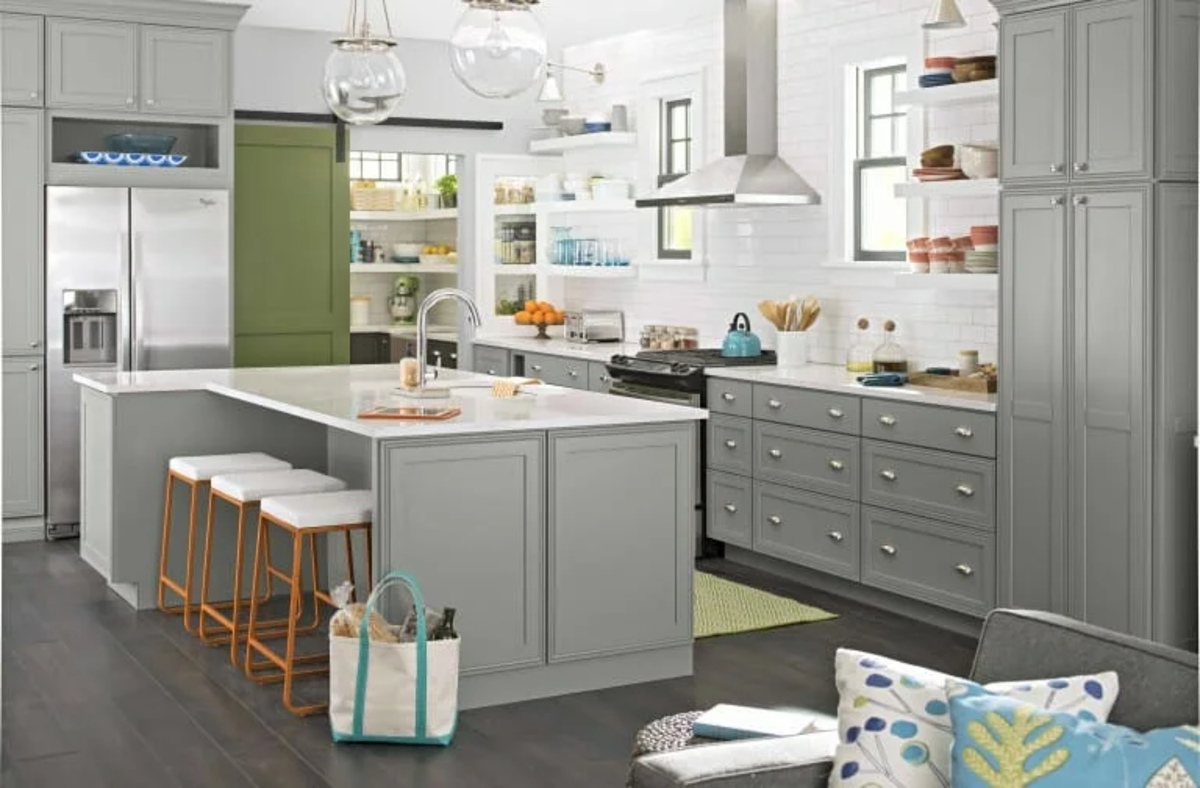


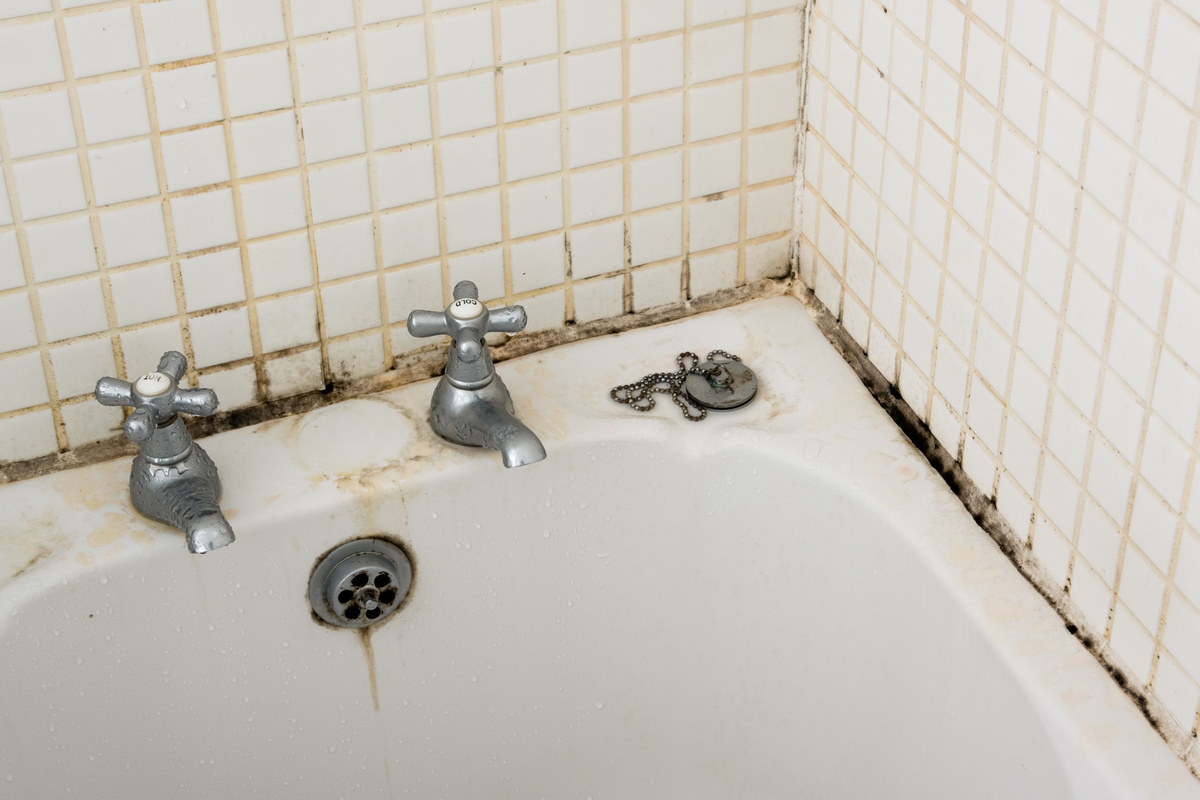
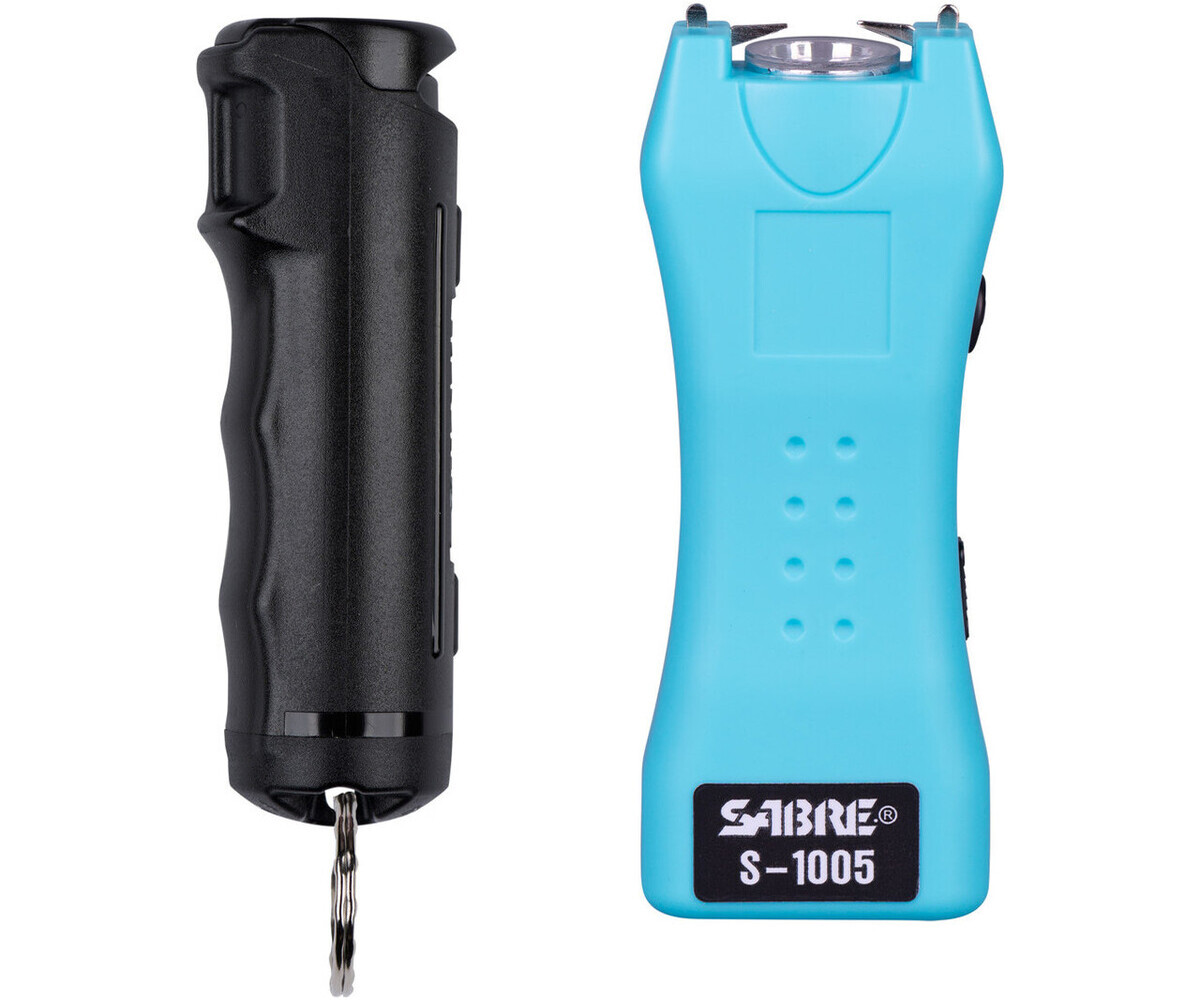
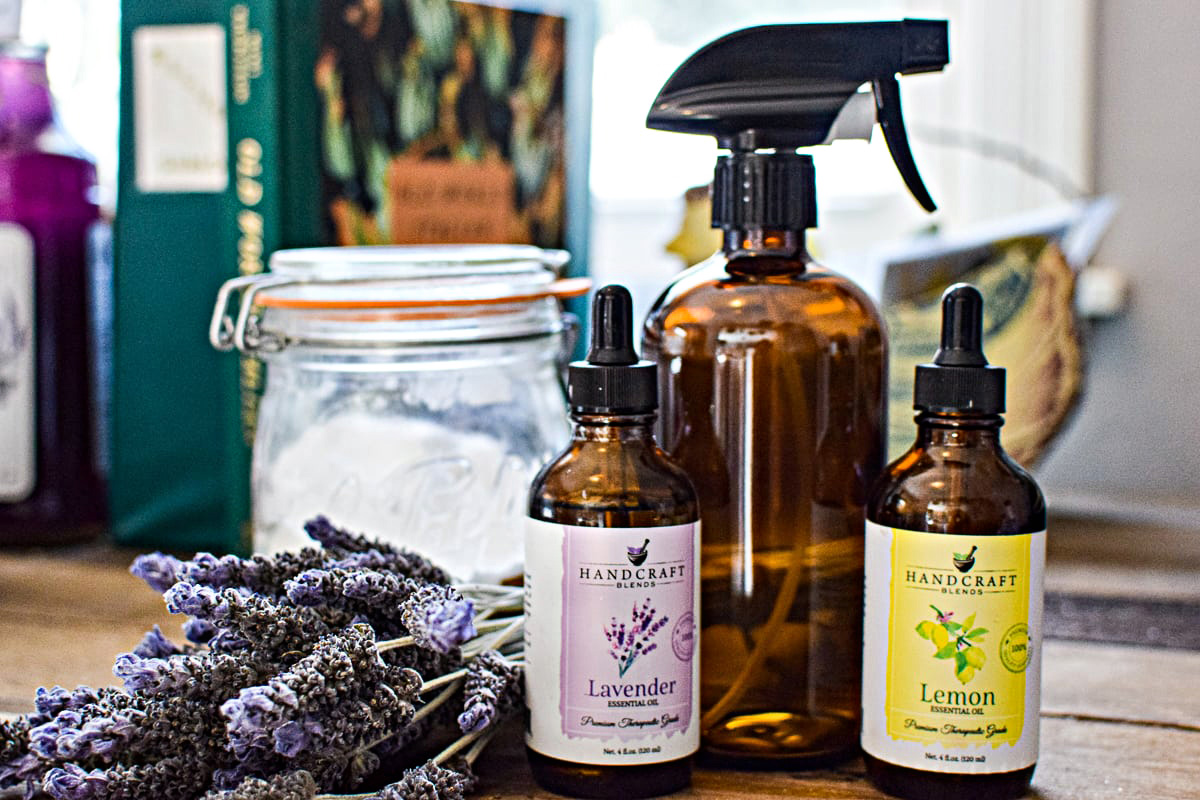
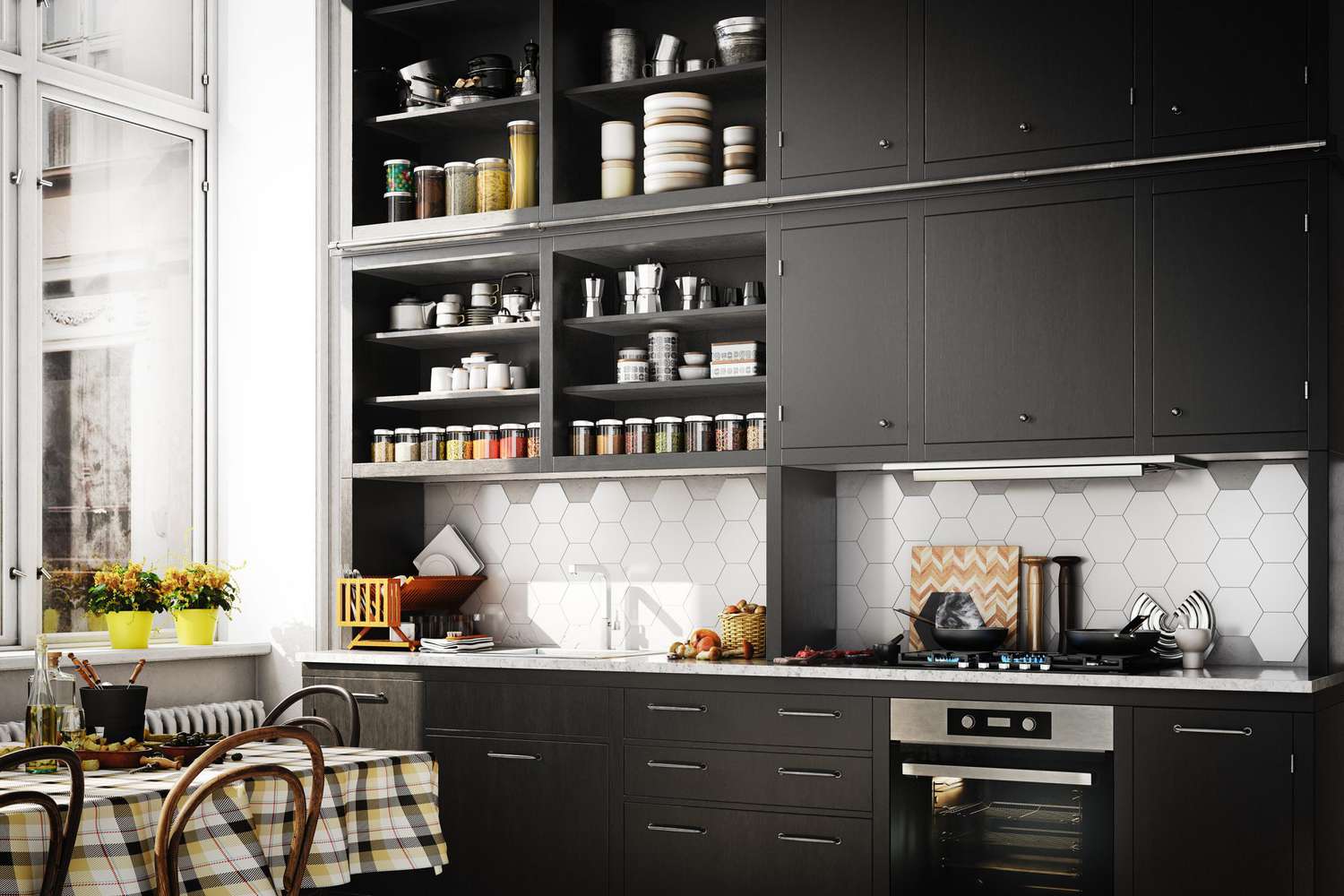
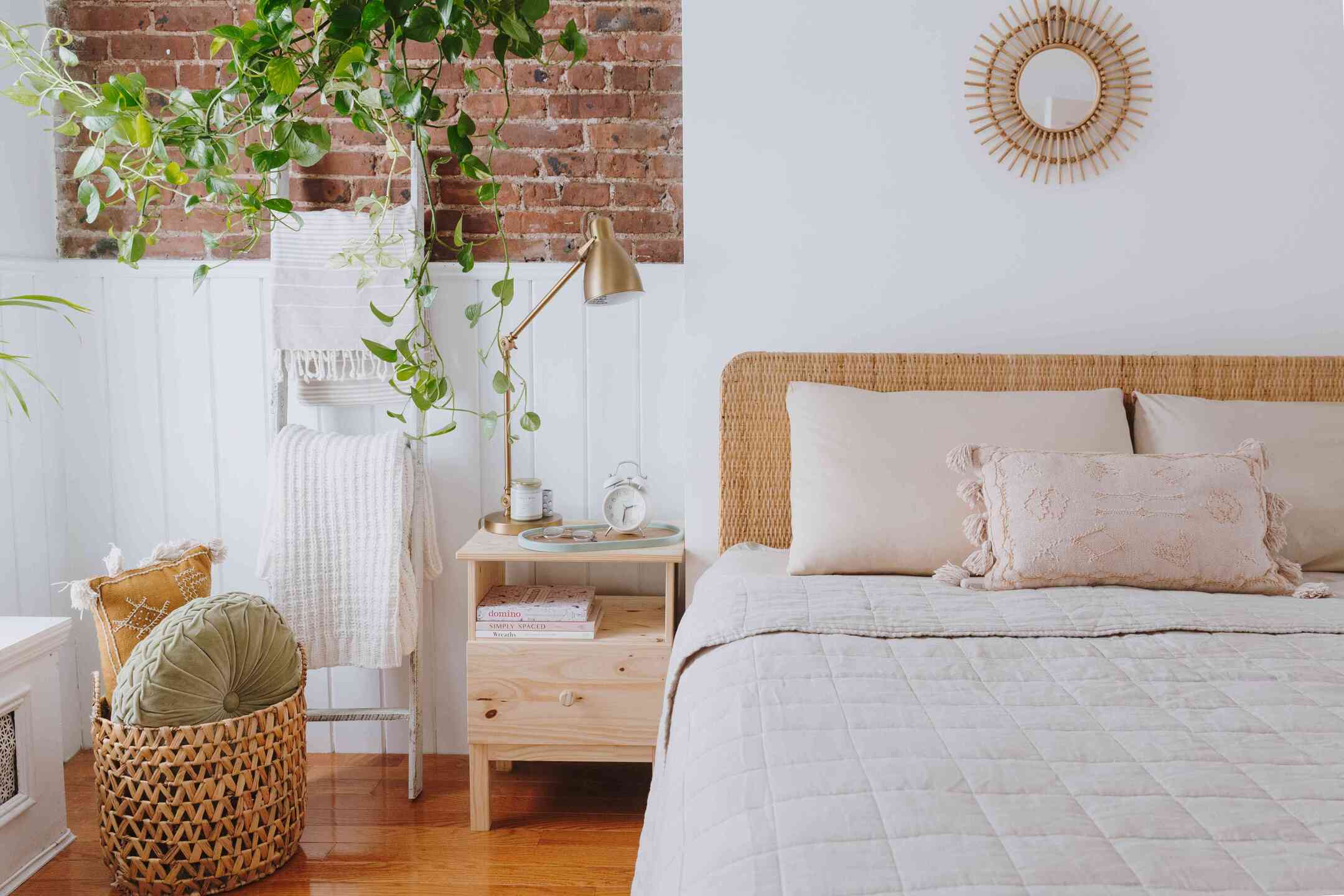
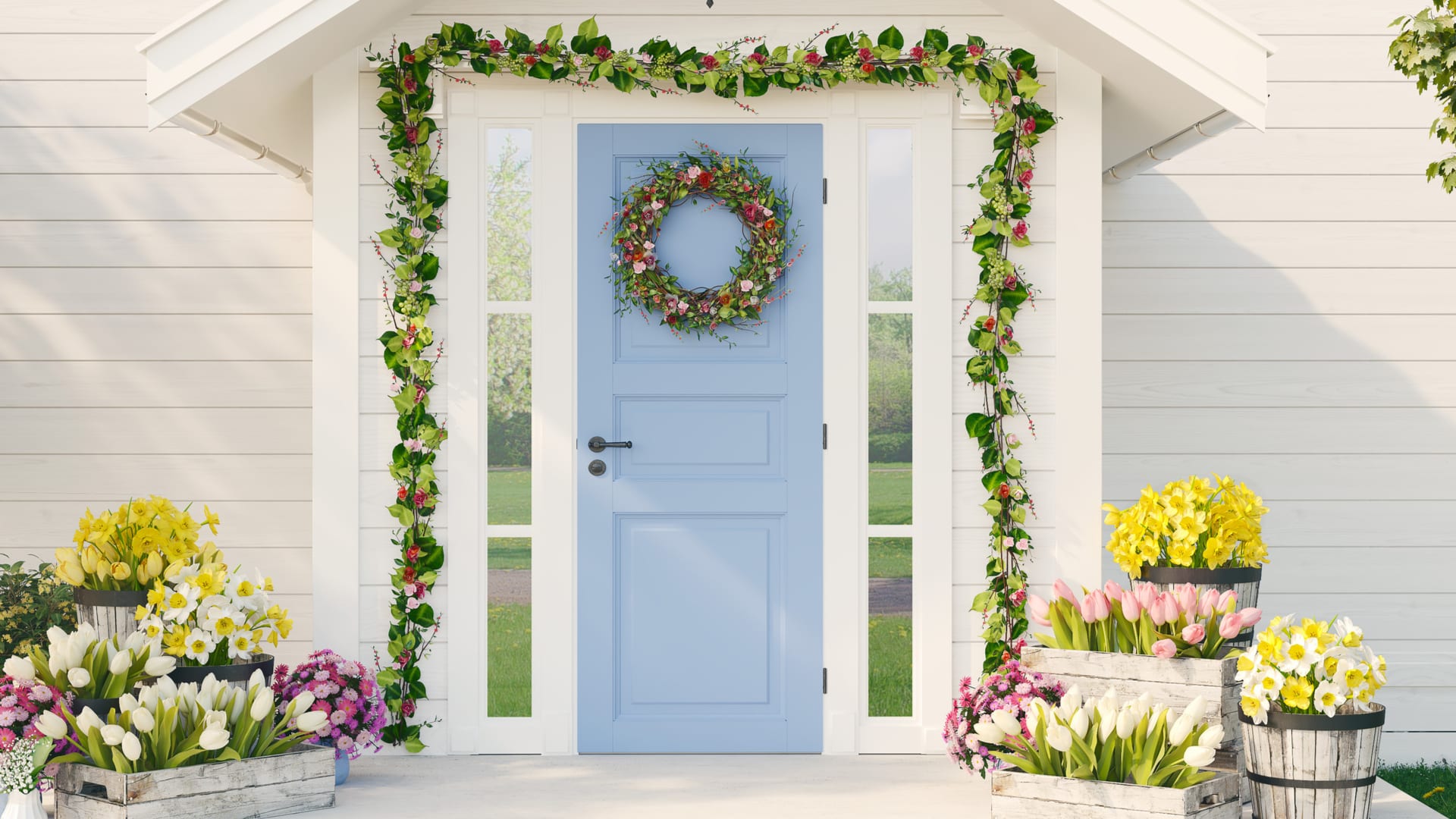
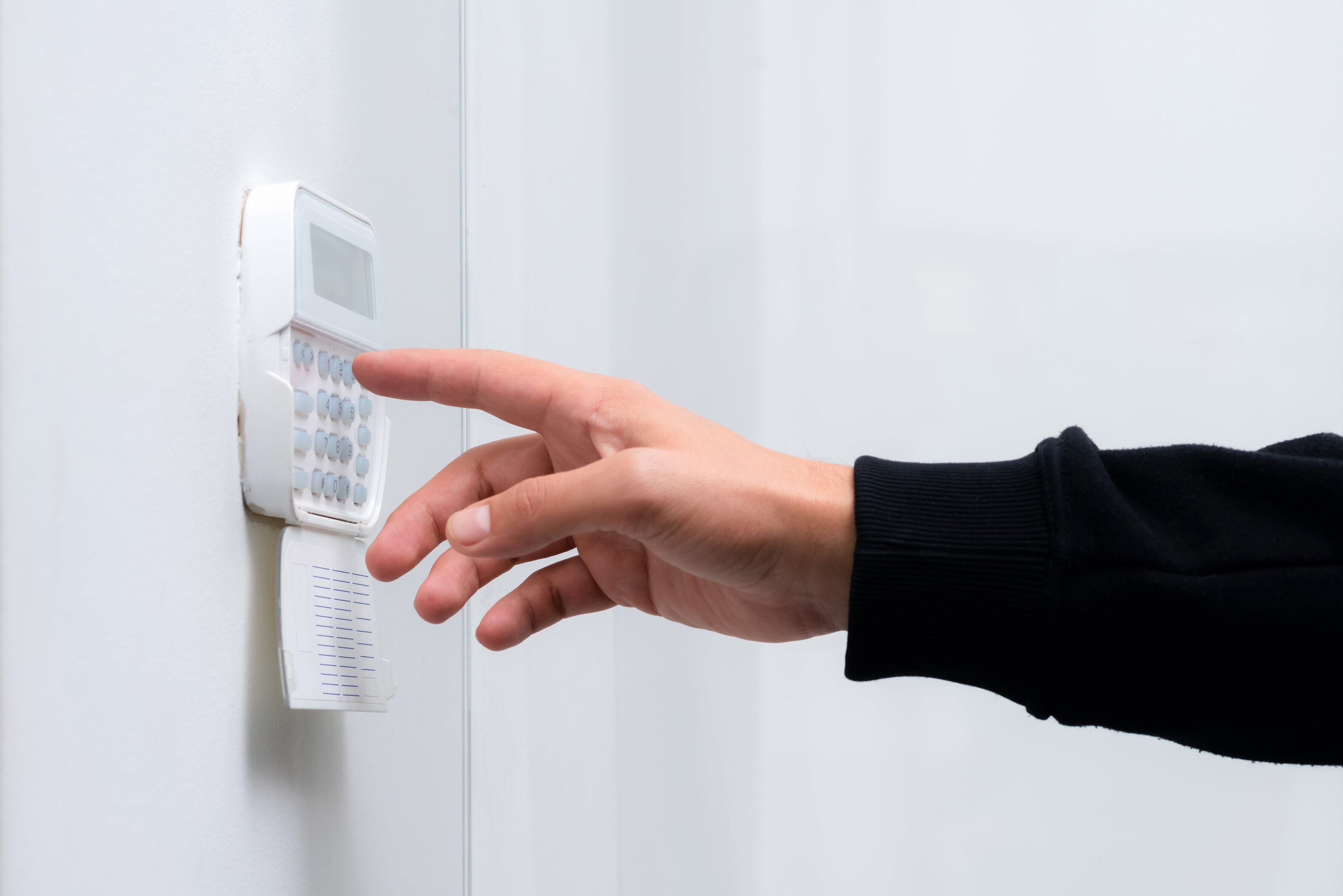
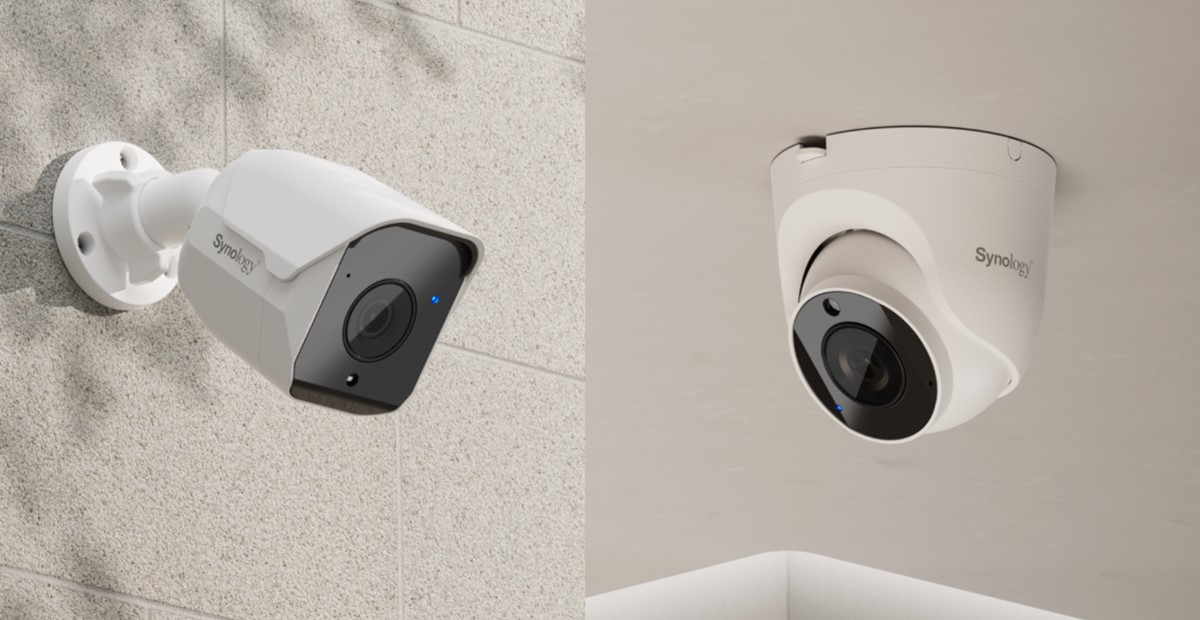

0 thoughts on “10 Mistakes You’re Making That Could Hurt Your Home’s Air Quality”